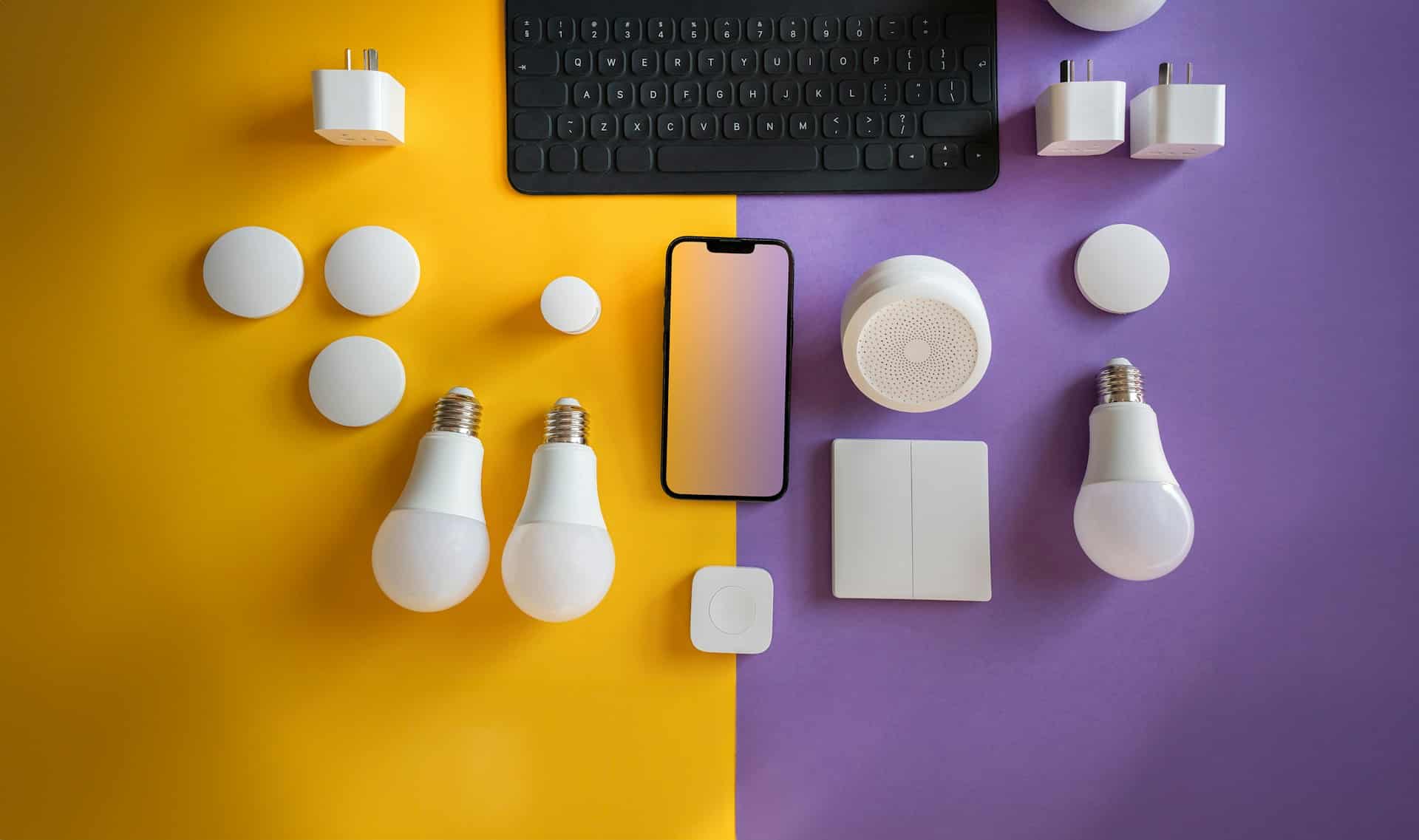Here’s the American English translation:
Mobile networks have evolved beyond smartphones, adapting to the specific needs of Internet of Things (IoT) devices. Technologies such as NB-IoT and LTE-M are redefining connectivity in sectors like road safety, logistics, and environmental monitoring. Deployed by operators like Movistar, Orange, and Vodafone, these networks offer low-energy solutions, extended coverage, and the capacity to connect millions of devices, marking a turning point in the digitization of industrial and everyday processes.
LPWAN: Networks Designed for IoT
LPWAN (Low Power Wide Area Networks) are low-power, long-range networks that prioritize energy efficiency and coverage, sacrificing speed to meet the needs of IoT devices that operate with limited resources. Unlike traditional networks like 4G or 5G, LPWANs are optimized for applications that require transmitting basic data at regular intervals, such as sensors or smart beacons.
Highlighted Technologies:
- NB-IoT (Narrow Band IoT): Offers speeds of up to 100 kbps, ideal for sensors that send occasional data. It supports a high device density (100,000 per sector) and ensures a battery life of up to 15 years. Its coverage is up to 20 dB better than conventional GSM networks, enabling use in basements or rural areas.
- LTE-M (Long Term Evolution for Machines): With speeds of up to 1 Mbps and low latency, this technology is perfect for mobile devices like POS systems or geolocation systems. It supports applications in motion and has a battery life of up to 10 years.
Both technologies operate in frequency bands below 1 GHz, ensuring excellent indoor penetration and wide coverage.
| Feature | NB-IoT | LTE-M |
|---|---|---|
| Speed | 0.1 Mbps | 1 Mbps |
| Devices per sector | 100,000 | 50,000 |
| Additional coverage | +20 dB | +11 dB |
| Battery life | Up to 15 years | Up to 10 years |
| Modem cost | €10 | €15 |
Use Cases: Road Safety and Beyond
Smart Beacons DGT 3.0
One of the most visible applications of these networks is the connectivity of smart beacons DGT 3.0, which will replace emergency triangles starting January 2026. These beacons are designed to transmit their location and status to traffic systems in real time, enhancing road safety.
Each beacon manufacturer has entered into agreements with operators such as Movistar, Orange, and Vodafone to leverage their NB-IoT or LTE-M networks. These networks guarantee connectivity even in remote areas or locations with poor conventional coverage.
Sensors and Telemetry
- Consumption measurement: Sensors in water, gas, or electric meters use NB-IoT to periodically transmit consumption data, eliminating the need for manual readings.
- Environmental monitoring: Air quality, humidity, or temperature sensors take advantage of these networks to send real-time data to control centers.
Logistics and Transportation
- Fleet management: LTE-M enables real-time geolocation of vehicles, improving operational efficiency.
- Mobile payments: Point of Sale systems on the move can process payments securely and efficiently.
Deployment of IoT Networks in Spain
Movistar
Movistar is leading the deployment of NB-IoT in Spain, offering the most extensive coverage, including maritime and rural areas. They have also deployed LTE-M, making it a versatile option for both fixed and mobile devices.
Orange
Orange, initially focused on LTE-M, now offers both technologies. However, its IoT coverage map is available exclusively to corporate clients, highlighting its focus on corporate solutions.
Vodafone
Vodafone focuses exclusively on NB-IoT, providing robust connectivity for static devices. Although it does not offer LTE-M, its NB-IoT network is sufficient for many telemetry and sensor applications.
The Impact of NB-IoT and LTE-M on IoT
NB-IoT and LTE-M networks have transformed sectors such as security, transportation, and the environment by providing specific solutions for IoT devices. These technologies enable efficient energy use, reliable connectivity, and massive capacity to connect devices, driving innovation across multiple industries.
As IoT applications continue to grow, the role of these networks will be even more relevant, connecting everything from basic sensors to complex systems, paving the way for a more interconnected and efficient future.
via: Phone News

